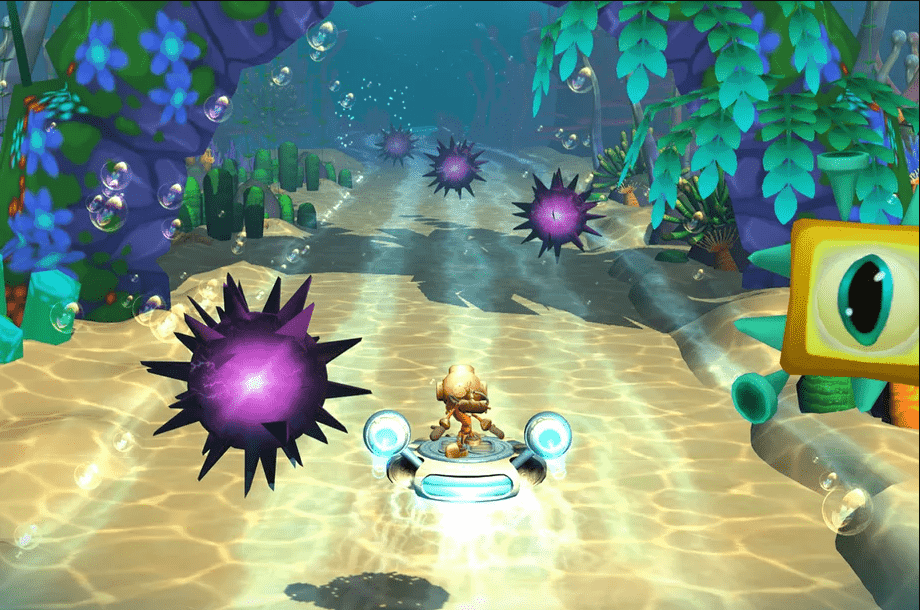EndeavorRX, an obstacle-dodging, target-collecting game, is by no means a full replacement for traditional therapies. But it is a great example of how video games can be used for medical applications.

Seven years’ worth of study with 600 different children has shown that one-third of these children “no longer had a measurable attention deficit on at least one measure of objective attention” after playing the game for 25 minutes a day, five days a week, for four weeks.
A game for good
“Improvements in ADHD impairments following a month of treatment with EndeavorRx were maintained for up to a month,” Akili Interactive cites one of five studies looking into the game’s effectiveness.
EndeavorRX (trailer below) has been in development for over seven years now, but it’s finally ready to publish, according to a company spokesperson. Once it does, it will officially be the first prescription video game available commercially.
The FDA approved for doctors to prescribe game (available on the iPhone and iPad) for kids between ages eight and 12 years old “with primarily inattentive or combined-type ADHD who have demonstrated an attention issue”.
“The EndeavorRx device offers a non-drug option for improving symptoms associated with ADHD in children and is an important example of the growing field of digital therapy and digital therapeutics,” said Jeffrey Shuren, M.D., J.D., director of the FDA’s Center for Devices and Radiological Health said in the statement.
However, this is by no means meant as a replacement for full treatment. Even the company’s own research found as much, saying there’s “[not enough evidence that] it should be used as an alternative to established and recommended treatments”.
On the bright side, playing this game has been shown to help some kids better manage their ADHD with improvements in attention, academic performance, and as judged by other assessment tools.
The only side effects seen in the study were frustration and headache, arguably better than those caused by medication.
It’s definitely exciting to see video games, a medium which I hold very dear, offering potential help for medicine. Especially so since it’s legally recognized as a medical tool. Hopefully, it will catch on.






